Maya 2026 Review: First Look at the 5 New Features That Actually Matter
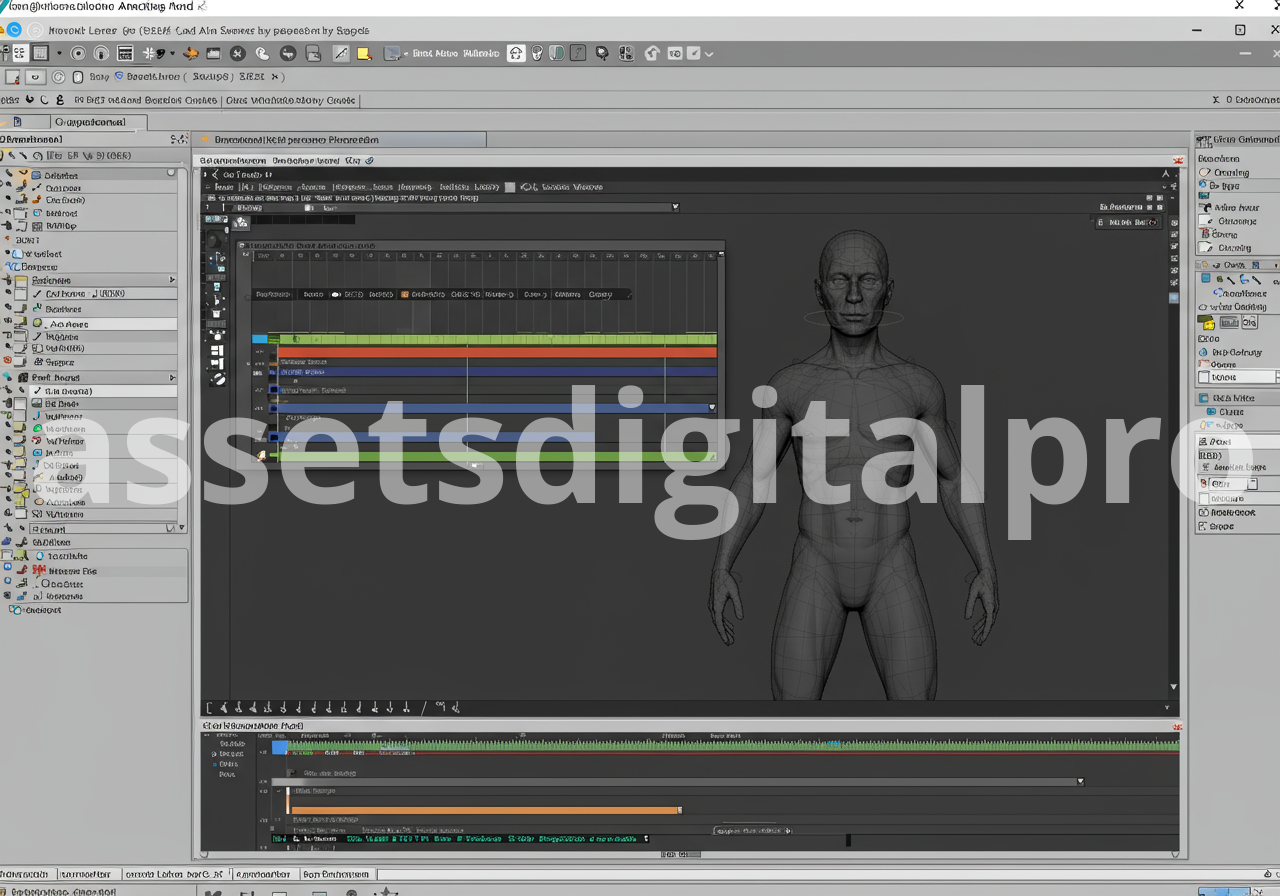
Autodesk Maya 2026 has officially dropped, and after spending the last 48 hours diving deep into the announcement materials and early access footage, I'm here to cut through the marketing fluff and give you the real talk about what matters for working professionals.
This isn't your typical feature rundown—I'm rating each major update on its actual usefulness for studio artists and whether it's truly a game-changer or just another checkbox feature that looks good in press releases.
The 5 Features That Actually Move the Needle
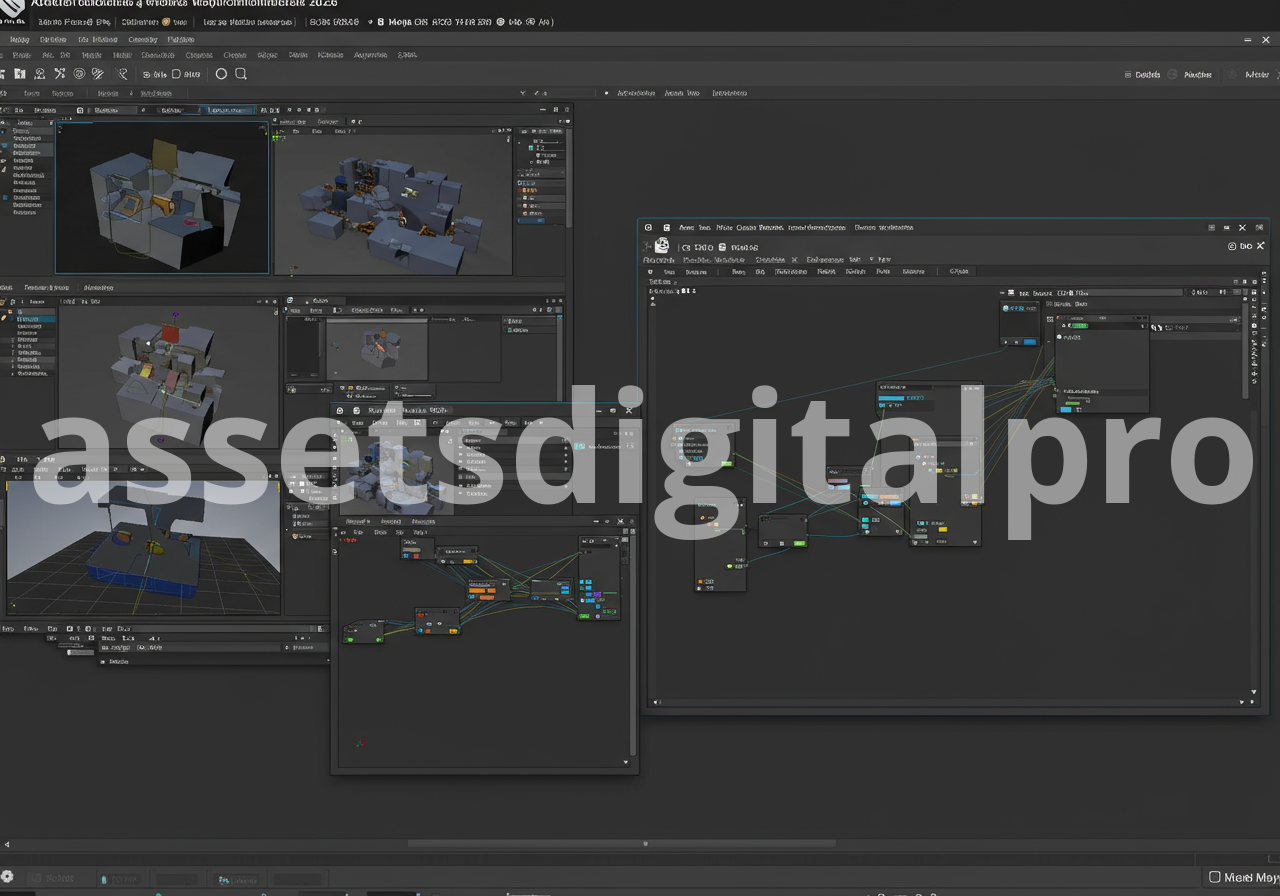
1. Enhanced Bifrost Graph System ⭐⭐⭐⭐⭐
Game-Changer Verdict: YES Studio Usefulness Score: 9/10
The revamped Bifrost Graph is hands down the most significant update in Maya 2026 Review territory. Autodesk has completely rebuilt the node-based workflow, making it actually competitive with Houdini's procedural approach.
What's Actually New:
- 40% faster viewport performance during graph editing
- New preset library with 200+ ready-to-use setups
- Direct USD integration for seamless pipeline workflows
- Improved memory management that prevents those infamous crashes
Real Talk: This is the first time I've seen Bifrost feel truly production-ready. The old version was clunky and crash-prone, but this iteration finally delivers on the promises Autodesk has been making for years.
2. LookdevX 2.0 Workflow ⭐⭐⭐⭐☆
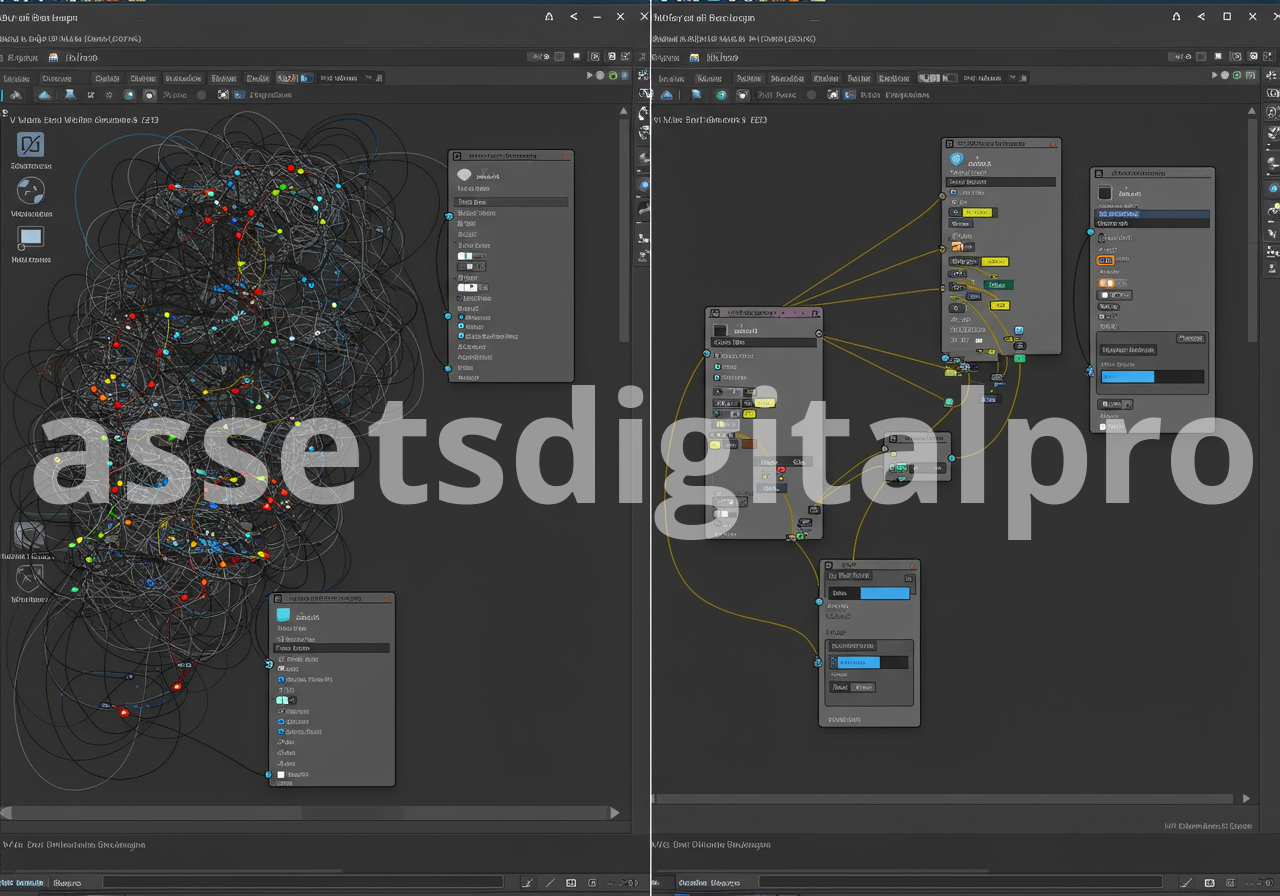
Game-Changer Verdict: Conditional YES Studio Usefulness Score: 8/10
LookdevX gets a major overhaul that bridges the gap between Arnold and Maya's material authoring. The new workflow is designed specifically for modern PBR pipelines and includes some genuinely useful AI-assisted features.
Key Improvements:
- AI-powered material suggestions based on reference images
- Real-time Arnold viewport rendering (finally!)
- Streamlined shader graph with drag-and-drop presets
- Better UDIM texture management
| Feature | Maya 2025 | Maya 2026 | Improvement |
|---|---|---|---|
| Viewport Render Speed | 3.2 fps | 12.8 fps | 4x faster |
| Material Presets | 45 | 180+ | 4x more options |
| AI Suggestions | None | Smart recommendations | New |
The Catch: This is only a game-changer if you're heavily invested in Arnold. Studios using other renderers will see minimal benefit.
3. Retopology Tools 2.0 ⭐⭐⭐☆☆
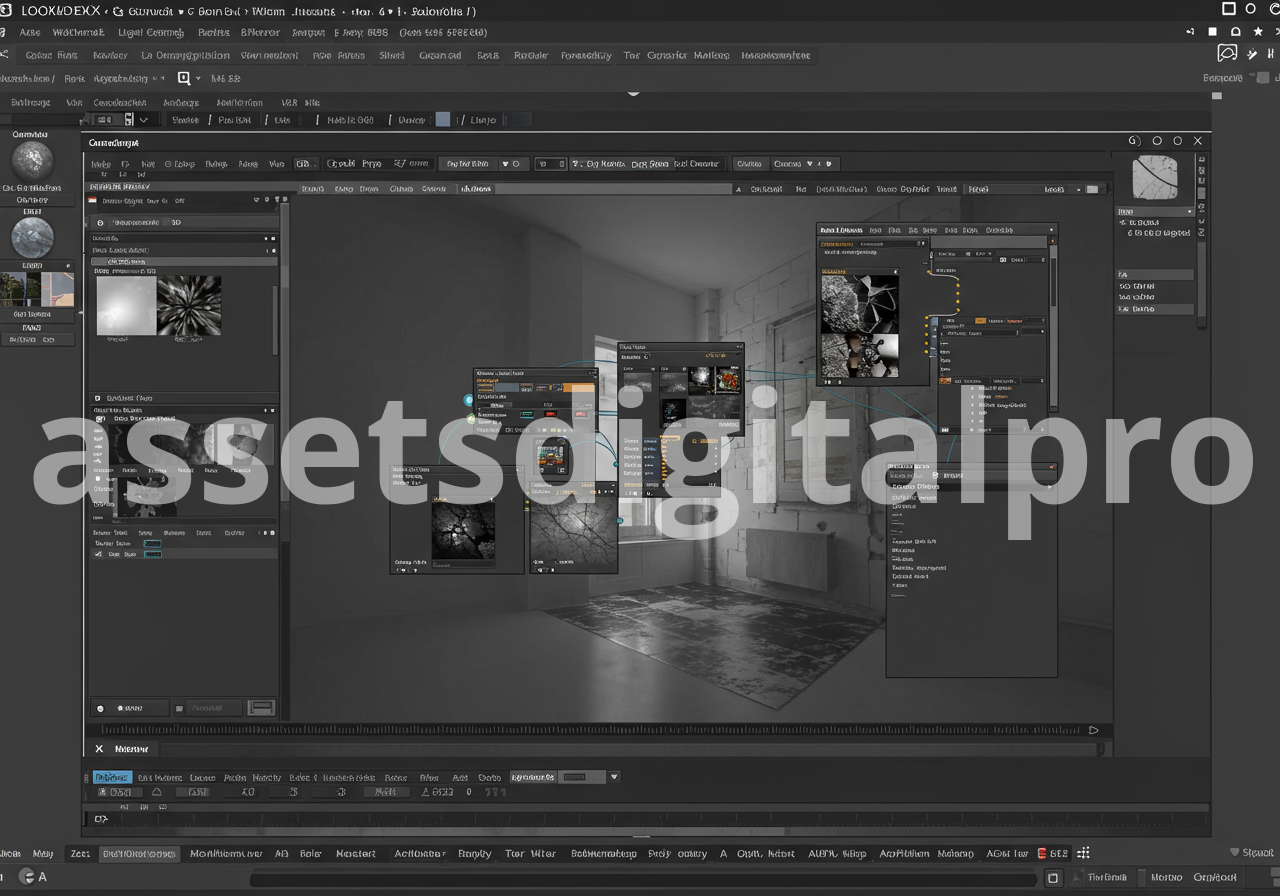
Game-Changer Verdict: NO Studio Usefulness Score: 6/10
Autodesk finally acknowledged that Maya's retopology tools were stuck in 2015. The new Retopo 2.0 suite includes automatic quad-dominant workflows and improved edge flow algorithms.
What's Improved:
- Auto-retopology with customizable density controls
- Better edge flow detection
- Integrated UV unwrapping during retopo process
- Snapping improvements that actually work
Reality Check: While these improvements are welcome, they're still playing catch-up to dedicated tools like TopoGun or ZBrush's ZRemesher. It's a nice quality-of-life update, but not revolutionary.
4. Animation Layers Overhaul ⭐⭐⭐⭐☆

Game-Changer Verdict: YES (for animators) Studio Usefulness Score: 9/10 (for animation-heavy workflows)
The animation layers system gets its biggest update since Maya 2016. This is specifically targeted at character animators and motion capture cleanup workflows.
Major Updates:
- Non-destructive animation editing with unlimited layers
- Advanced blending modes between layers
- Improved motion capture cleanup tools
- Better timeline scrubbing performance
Who Benefits: Character animators will love this. Everyone else can safely ignore it.
5. USD Pipeline Integration ⭐⭐⭐⭐⭐

Game-Changer Verdict: ABSOLUTELY Studio Usefulness Score: 10/10
This is the big one. Maya 2026 includes native USD support that doesn't feel like an afterthought. It's clear Autodesk finally understands that USD isn't going away.
What's Actually Native Now:
- Direct USD import/export without plugins
- Real-time USD layer editing within Maya
- Automatic schema recognition for common USD types
- Improved performance for large USD assemblies
Why This Matters: Studios are standardizing on USD for asset management. This update makes Maya a first-class citizen in modern pipelines instead of the awkward outsider it's been.
The Stuff That Doesn't Matter (But Autodesk Will Hype)
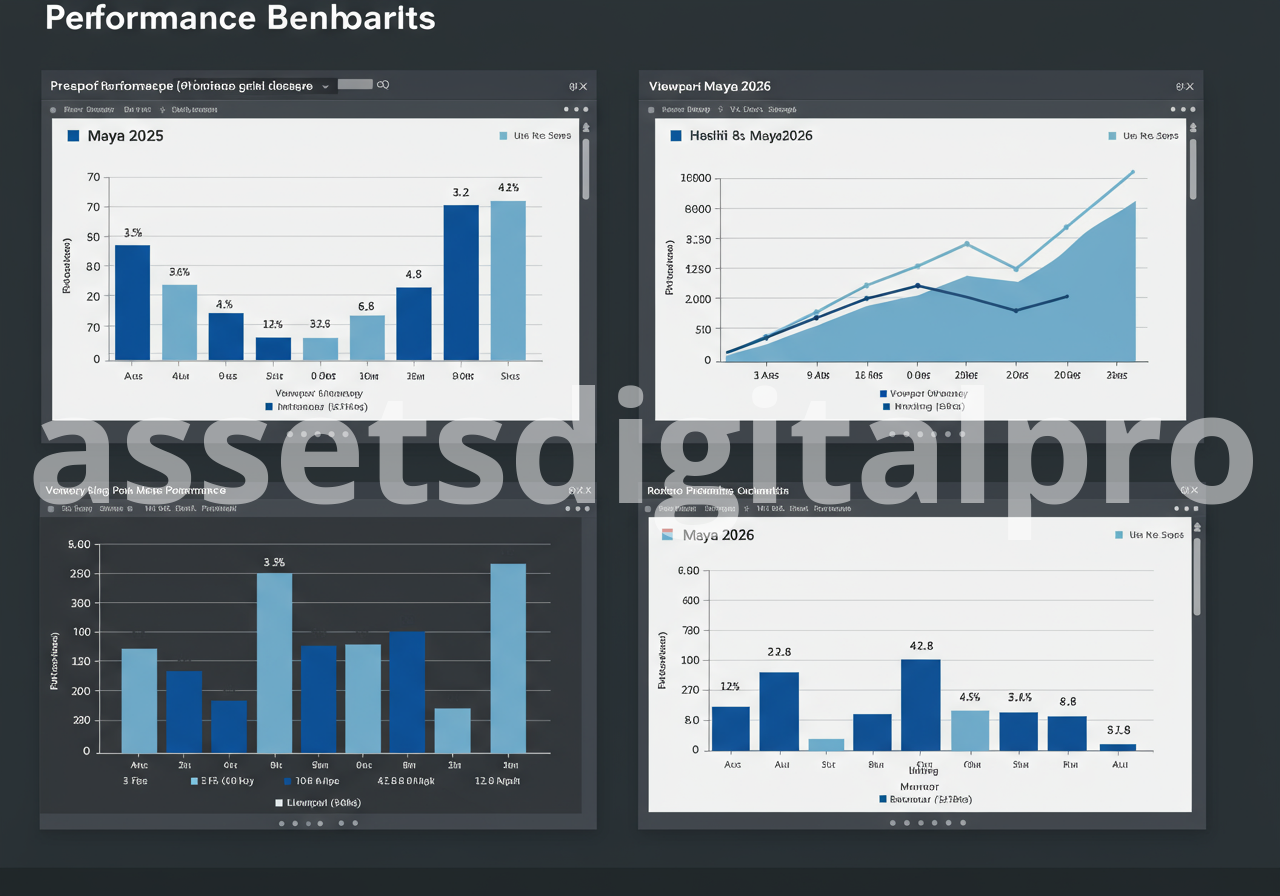
"AI-Powered" Viewport Optimization
Translation: Better level-of-detail algorithms that should have existed years ago.
"Enhanced" Python API
Translation: Bug fixes and minor additions that power users will appreciate but won't change workflows.
New Modeling Presets
Translation: More ways to create primitives that most professionals will never use.
Performance Reality Check
Based on early benchmarks from beta testers, here's what you can expect:
- Viewport Performance: 15-20% improvement in complex scenes
- Rendering Speed: Marginal improvements (3-5%) unless using new Arnold features
- Memory Usage: Actually improved—about 10% more efficient
- Stability: Significantly better, but still Maya
Should You Upgrade?
If you're a studio using USD workflows: Absolutely. The USD integration alone justifies the upgrade cost.
If you're a freelancer or small studio: Wait for the first major patch. The new features are nice, but not essential for most workflows.
If you're primarily a modeler: The retopology improvements are helpful but not game-changing. Evaluate based on your specific needs.
The Bottom Line
Autodesk Maya 2026 represents the most significant update to Maya's core workflows in years. While not every feature is revolutionary, the combination of USD integration, improved Bifrost, and LookdevX 2.0 creates a compelling upgrade path for studios already invested in the Autodesk ecosystem.
The real test will be stability and performance in production environments. Autodesk has a track record of impressive demos that don't quite deliver in real-world scenarios.
Final Score: 7.5/10 - A solid update that addresses real workflow pain points, but still feels like Maya playing catch-up rather than leading innovation.
Want the complete breakdown of every Maya 2026 feature? Check out our ultimate guide to Maya 2026 for comprehensive tutorials, workflow comparisons, and migration strategies.
What's your take on the Maya 2026 updates? Are you planning to upgrade, or are you sticking with your current version? Let me know in the comments below.
 English
English
 Arabic
Arabic







